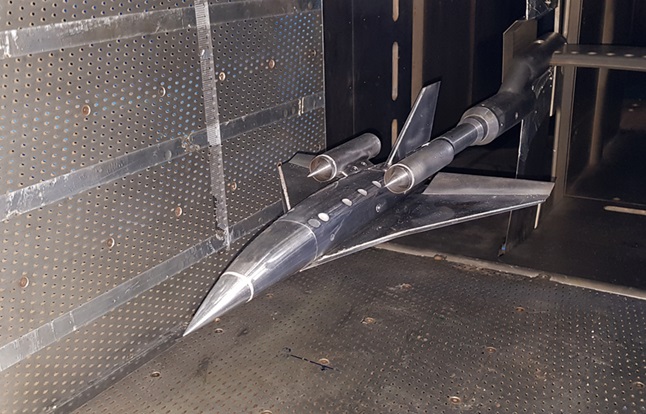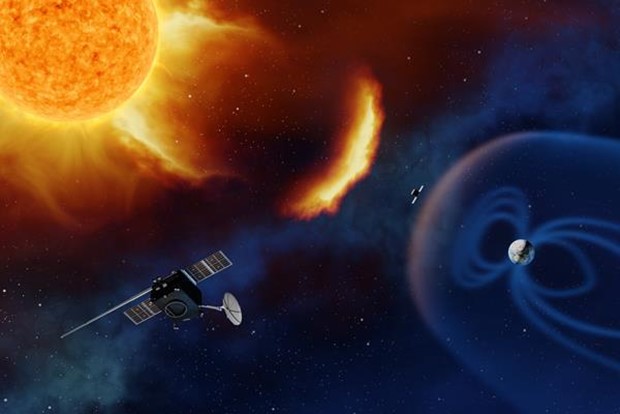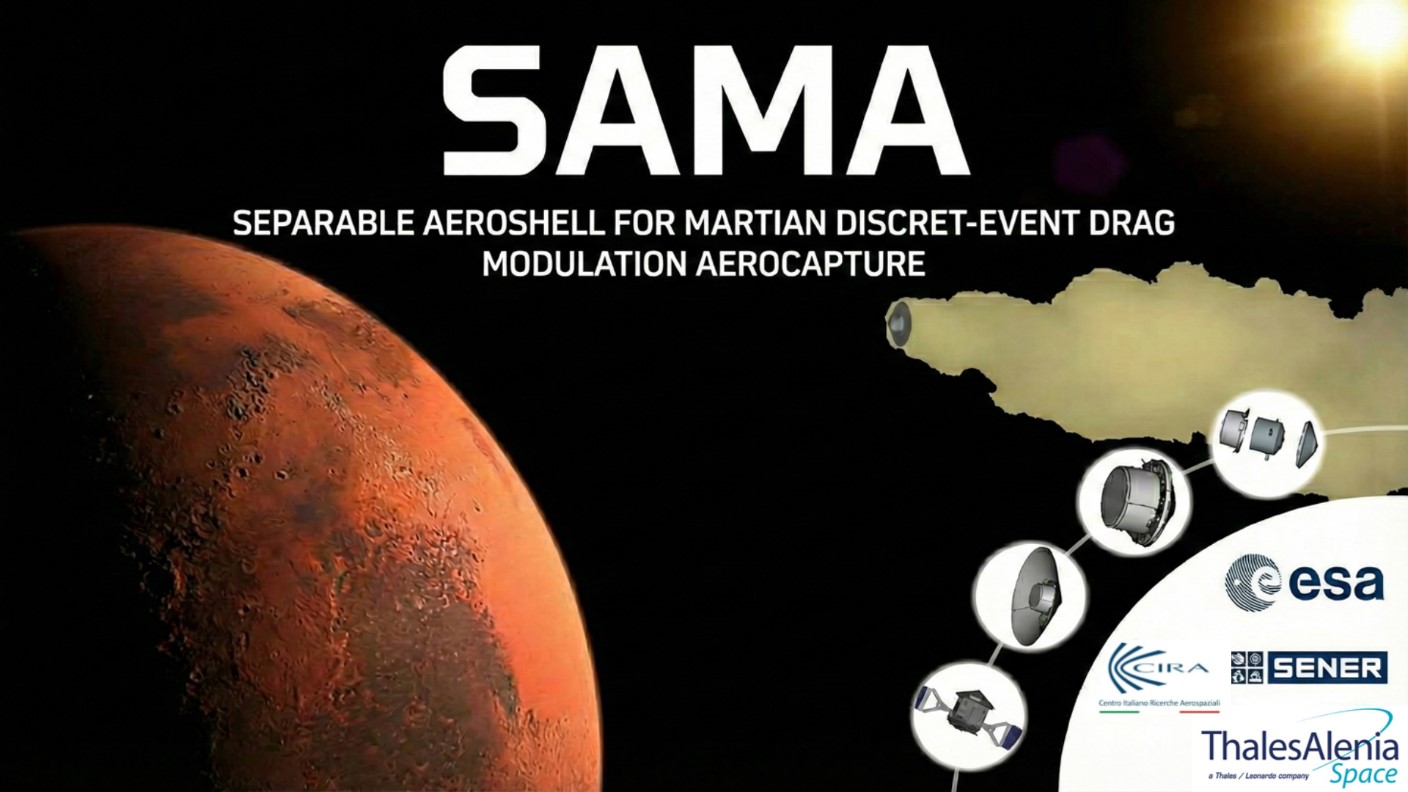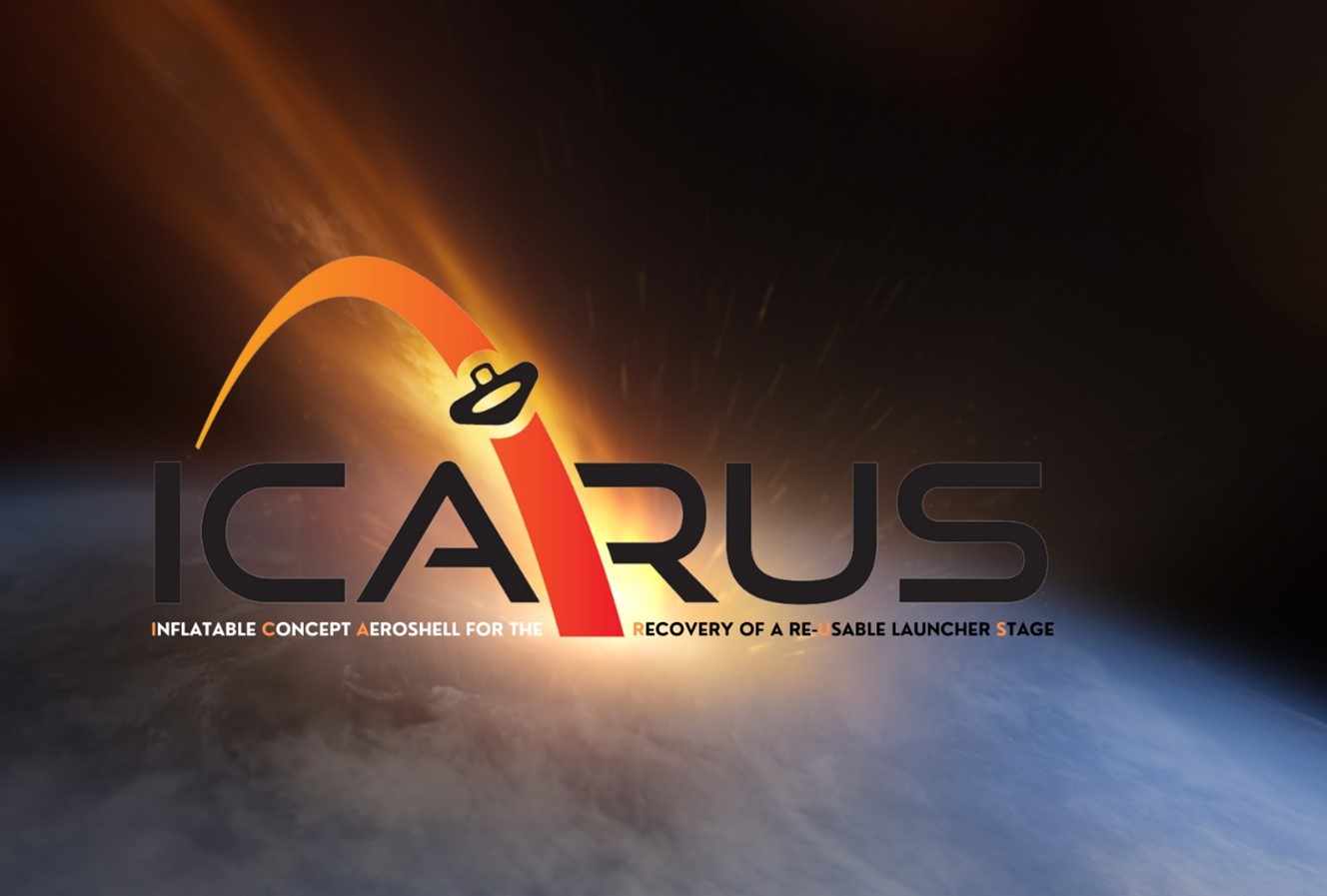Space
Space transportation, platforms, and exploration for future missions
This area aims to develop digital twin systems, technologies, and demonstrators for the most advanced and innovative space transportation systems: space access and reentry vehicles, trans-atmospheric hypersonic vehicles, satellite platforms, and systems for interplanetary space exploration. The objective is to strengthen CIRA’s role within the international aerospace research landscape, supporting and working in synergy with the national industry, while also creating scientific platforms that can be jointly utilized with the national scientific community.
The area is organized into three thematic domains, encompassing all projects funded under PRORA DM662, European programs (ESA, European Commission), and national initiatives (ASI, MUR, PON, PNRM):
New Space Transportation Systems, focused on developing digital twin tools, technologies, and systems for: access-to-space systems such as launchers, including reusable ones, mini-launchers, and air-launched systems equipped with liquid LOx-CH4 or hybrid propulsion; orbital maneuvering systems based on electric or green propulsion; reentry systems with reusable winged and non-winged configurations, including entry, descent, and landing systems using deployable or inflatable thermal protection systems for Earth or other planetary bodies.
Hypersonic Vehicles, focused on developing digital twin tools, technologies, and systems for hypersonic vehicles, both propelled (using ramjet/scramjet propulsion) and unpropelled (gliders), to be tested in flight conditions at stratospheric altitudes reached via expendable launchers or multistage air-launch systems, with potential dual-use applicability.
Space Exploration, focused on developing digital twin tools, technologies, and systems for: satellite systems (particularly microsatellites); interplanetary exploration systems; systems for transporting scientific and technological payloads from ISS/Moon to Earth orbit; systems for human and robotic exploration and survival in hostile environments (innovative materials, extraterrestrial habitats, virtual reality, etc.); and systems for in-situ resource utilization (ISRU).



